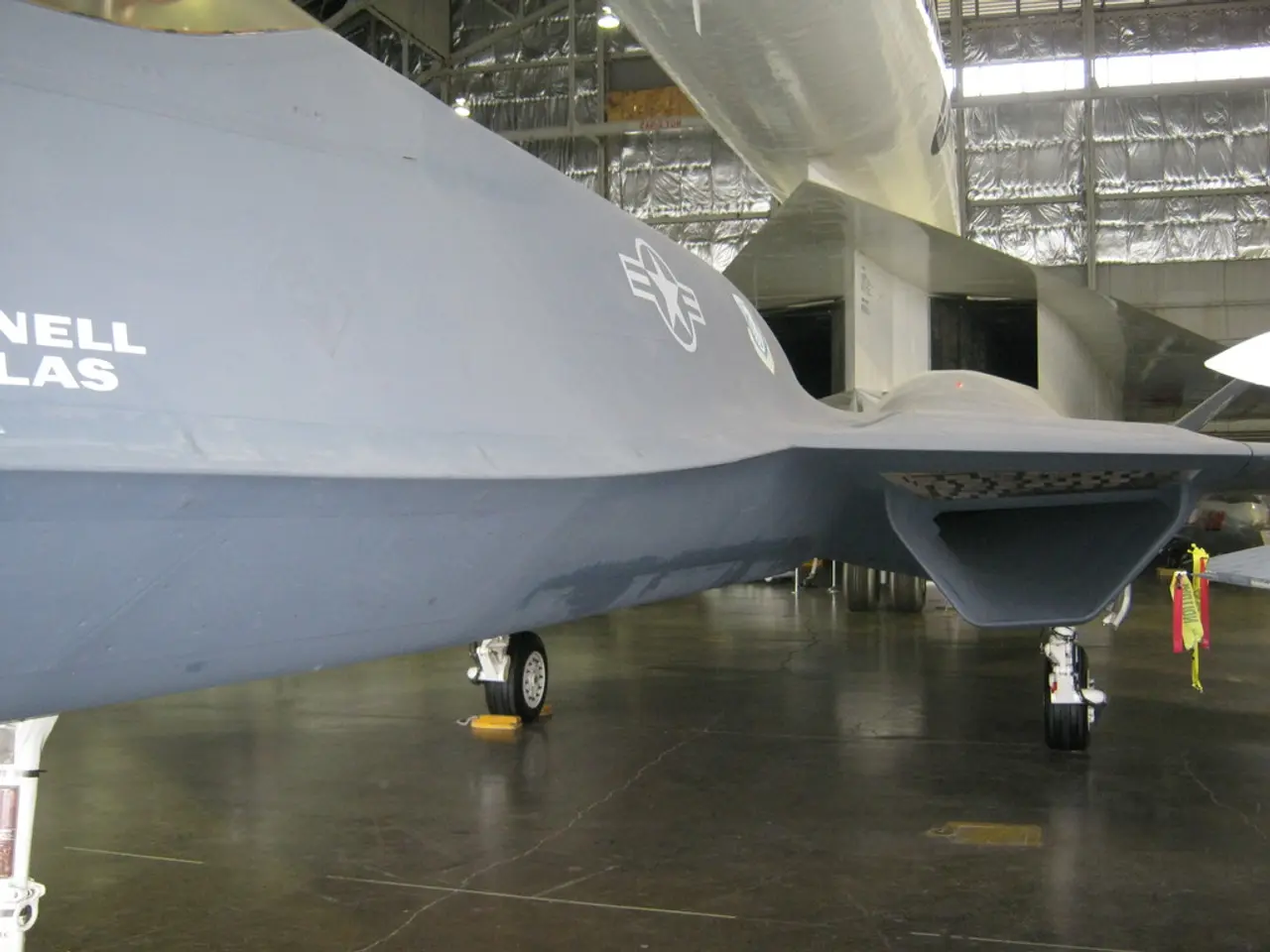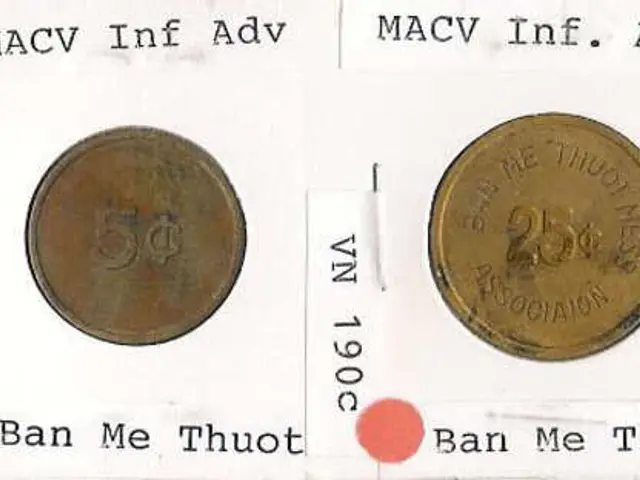India plans to develop a nuclear-powered aircraft carrier and indigenously built fighter jets for its navy.
India, the world's fourth biggest defense spender, is gearing up for greater challenges and responsibilities in the coming decades, according to the defense ministry's 2025 roadmap. The country aims to equip its Services accordingly, as it stands on the brink of a new era.
Currently, India operates two aircraft carriers, one of Russian origin and the other home-built. One of the key highlights of the roadmap is the potential construction of a third aircraft carrier, designed for longer reach and stealthier operations. If built, this carrier will be the first nuclear-powered aircraft carrier in India.
The defense modernization plan outlines the need for at least 10 nuclear propulsion systems to support the carrier and other future warships. However, no new information about this requirement or the aim to cut dependence on foreign suppliers such as Russia, France, and the United States was provided.
India has budgeted spending of about 6.81 trillion rupees ($77 billion) on defense this fiscal year. A significant part of this budget will go towards the induction of home-grown fighter jets into naval service for the first time. The roadmap places a big emphasis on drones that played a key role in a May military conflict with arch-enemy Pakistan.
In April, India signed a deal with France worth 630 billion rupees (about $8 billion) for 26 Rafale-Marine twin and single-seat jets, made by Dassault Aviation, to be deployed on its two carriers: INS Vikrant and INS Vikramaditya. By 2030, India hopes to have 62 Rafale jets in service, including 36 for the air force that started arriving in 2020.
The defense modernization plan also anticipates procuring two electromagnetic aircraft launch systems, developed for the US Navy to launch aircraft from carriers using electromagnetic forces instead of traditional steam catapults. Moreover, India plans to induct an unspecified number of new-generation twin-engine, deck-based fighters and light combat aircraft, both being developed by state-owned Hindustan Aeronautics Ltd for the navy.
The roadmap further expects to deploy the naval variant of the Tejas fighter jet in the Indian Navy as part of its 2025 defense plan, marking the first time these indigenous light combat aircraft are used by the naval air arm. Around 40 naval Tejas fighters are expected to be inducted.
Greater private-public sector partnership is the stated road ahead in India's defense modernization plan. The plan does not specify a number for the induction of home-grown fighter jets into naval service beyond the new-generation twin-engine and light combat aircraft being developed by Hindustan Aeronautics Ltd. However, it is clear that India is committed to reducing its reliance on foreign suppliers and boosting its domestic defense industry.
Read also:
- Peptide YY (PYY): Exploring its Role in Appetite Suppression, Intestinal Health, and Cognitive Links
- Toddler Health: Rotavirus Signs, Origins, and Potential Complications
- Digestive issues and heart discomfort: Root causes and associated health conditions
- House Infernos: Deadly Hazards Surpassing the Flames








